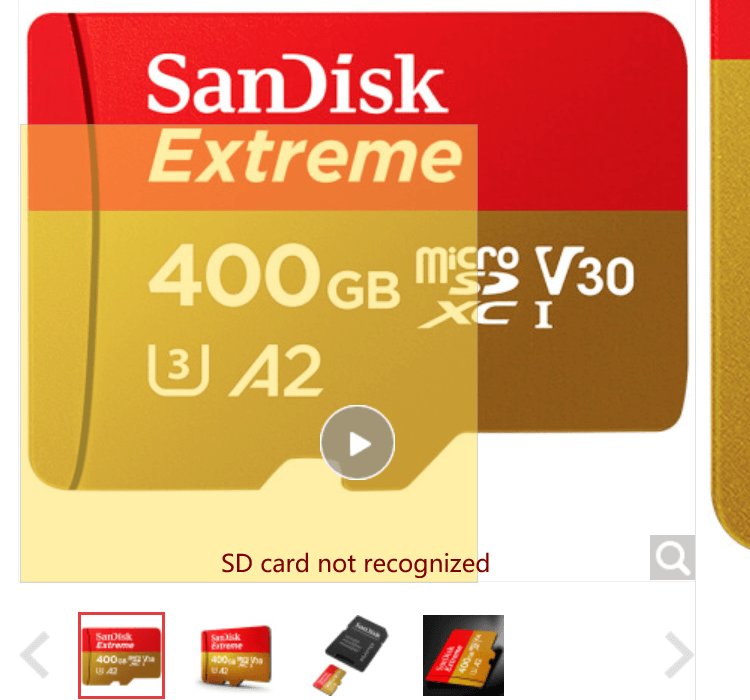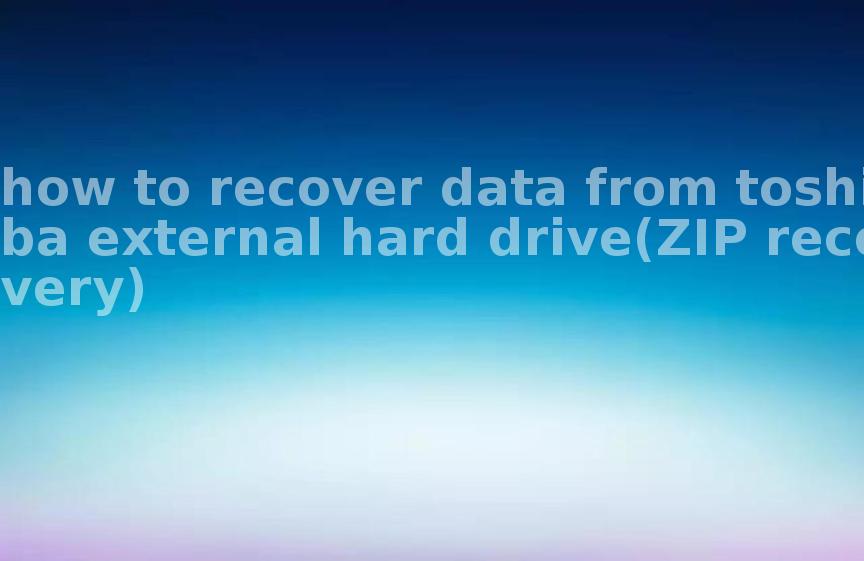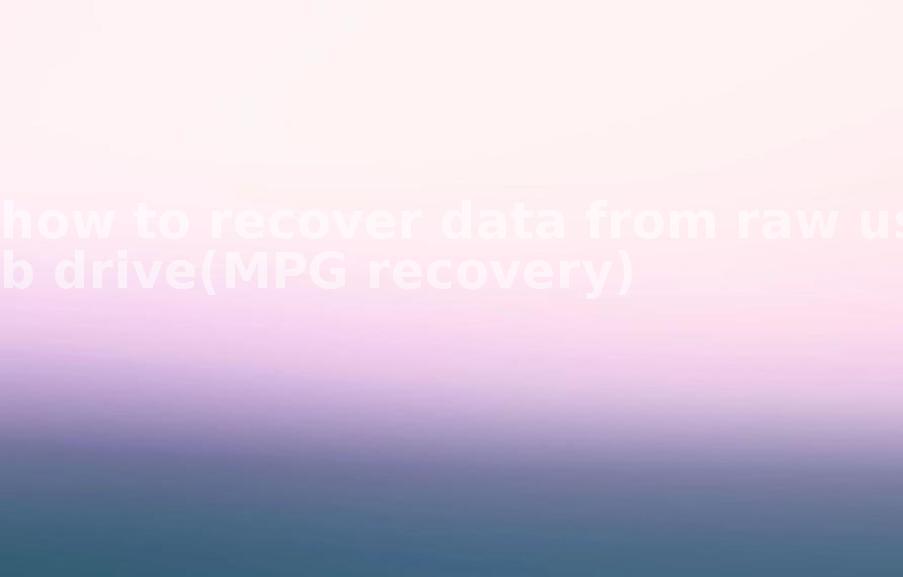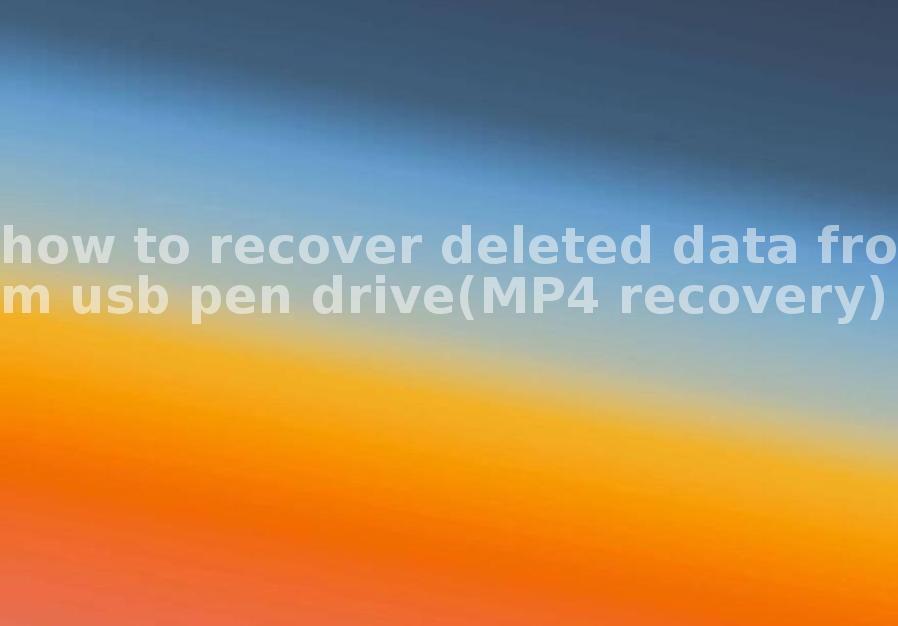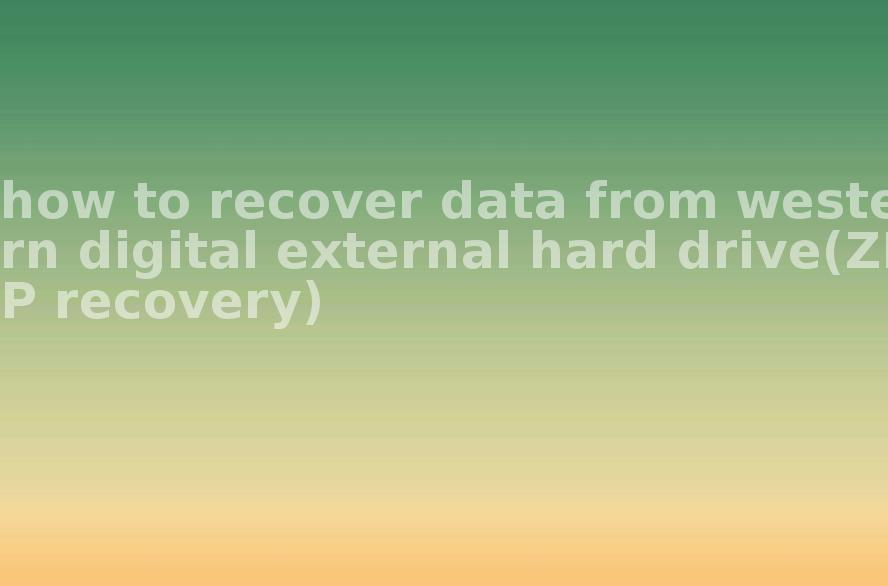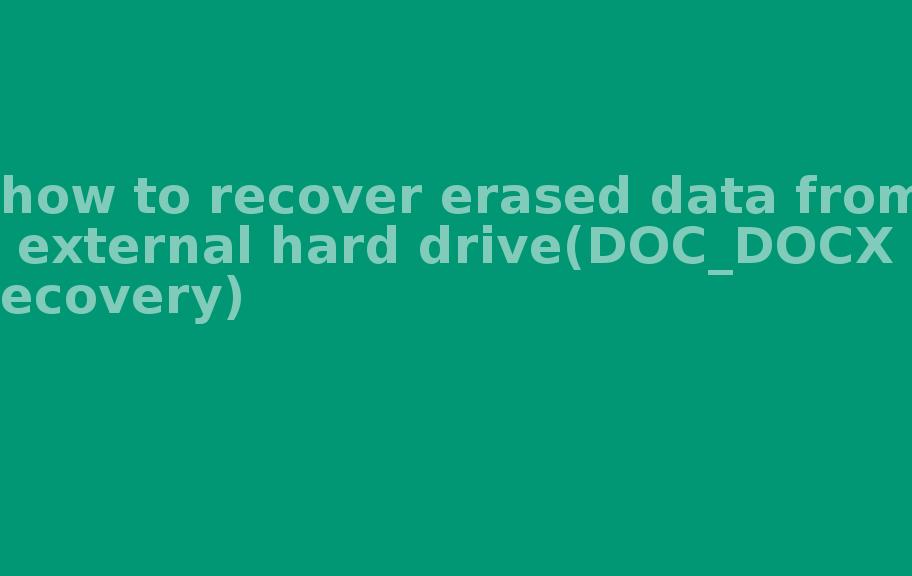how to recover data from dead usb the easy way(Word recovery)
2023-10-22 11:00 834
Part I: Overview of the context in which the document was recovered
Recovering data from a dead USB can be a challenging task, but there are several methods that can help retrieve your documents. The context in which the document was recovered can provide insights into the possible causes of the USB failure and determine the appropriate approach for data recovery. Here are a few examples:
1. Physical Damage: If the USB has been physically damaged due to mishandling or accidents like drops or exposure to water, the internal components may no longer function correctly, making data recovery more difficult.
2. File System Corruption: Sometimes, the file system of the USB can become corrupted due to improper ejection or sudden power loss. This can result in the USB becoming unreadable by the operating system, making it appear dead.

3. Electrical Issues: USBs can experience electrical failures, such as a faulty controller or power surge, which can render them non-functional. In such cases, the data may still be intact, but the USB itself cannot be recognized.
Part II: Causes of data loss and recovery options

1. Physical damage: If the USB is physically damaged, professional data recovery services may be required. They have specialized tools and expertise to repair the USB and retrieve the data.
2. File system corruption: If the USB is not physically damaged but the file system is corrupted, you can try using data recovery software like EaseUS Data Recovery Wizard, Recuva, or Disk Drill. These tools can scan the USB and recover the lost files.
3. Electrical issues: If the USB experiences electrical issues, you can try connecting it to a different computer or USB port to rule out any compatibility issues. If the USB is still not recognized, professional data recovery services may be necessary.
Part III: Solution steps for data recovery
1. Use Data Recovery Software: Download and install a reputable data recovery software on your computer. Connect the dead USB and run the software to initiate the recovery process. Follow the instructions provided by the software to scan the USB and recover the lost documents.
2. Professional Data Recovery Services: If the software fails to recover the data or if the USB is physically damaged, consider contacting a professional data recovery service. They have advanced tools and techniques to retrieve data from dead USBs.
3. Prevent Future Data Loss: To avoid data loss in the future, make sure to regularly back up your important documents to multiple locations, such as cloud storage or external hard drives. Safely eject the USB before removing it from the computer to prevent file system corruption.
Part IV: Types of other files that can be recovered
In addition to Word documents, data recovery methods mentioned above can also help recover various types of files, including:
1. Excel spreadsheets 2. PowerPoint presentations 3. PDF documents 4. Images (JPEG, PNG, etc.) 5. Videos (MP4, AVI, etc.) 6. Audio files (MP3, WAV, etc.)
These recovery methods are not limited to specific file types and can retrieve any type of file as long as the data is still intact and recoverable.
Part V: Related FAQ
1. Can I recover data from a physically damaged USB?
Yes, professional data recovery services can often retrieve data from physically damaged USBs. They have the necessary tools and expertise to repair the USB and extract the data.
2. Can I recover data from a USB with a broken connector?
Yes, if only the USB connector is broken and the internal components are still intact, you can transfer the USB to a new enclosure or use a USB adapter to recover the data.
3. Are there any preventive measures to avoid data loss from USBs?
To prevent data loss from USBs, always safely eject the USB before removing it from the computer to avoid file system corruption. Regularly backup important documents to other storage mediums to mitigate the risk of data loss.


